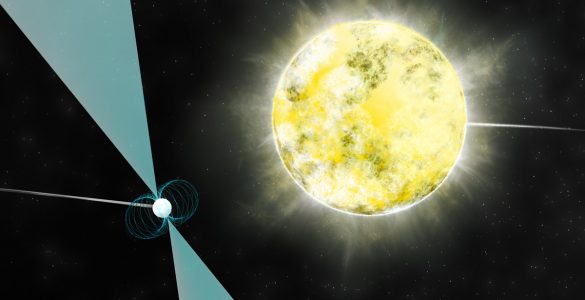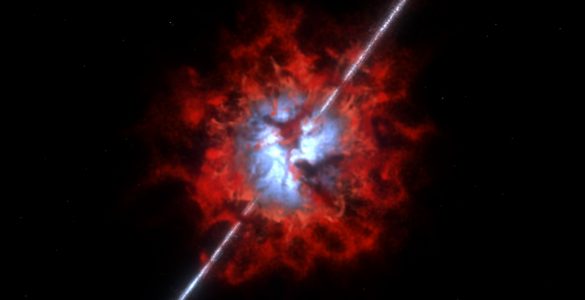Latest NRAO News
News is managed by NRAO News & Public Information. Questions about News? Have a story to share? Want to interview a scientist or create new media about our telescopes?

A team of astronomers using the GBT and VLBA has identified possibly the coldest, faintest white dwarf star ever detected.

The 66th and final ALMA antenna has completed its long journey and arrived on the Chajnantor Plateau in Northern Chile.

Researchers using ALMA report the first-ever detection of molecular gas — the fuel for star formation — in two galaxies that were previously rocked by gamma ray bursts.

Upgrade to ALMA soon will help astronomers make the first images of a black hole as part of the Event Horizon Telescope.

Astronomers using the Very Large Array and the Chandra X-Ray Observatory have produced a spectacular image revealing new details of violent collisions involving at least four clusters of galaxies.

A new ALMA Kids mini website created especially for children is launched.





